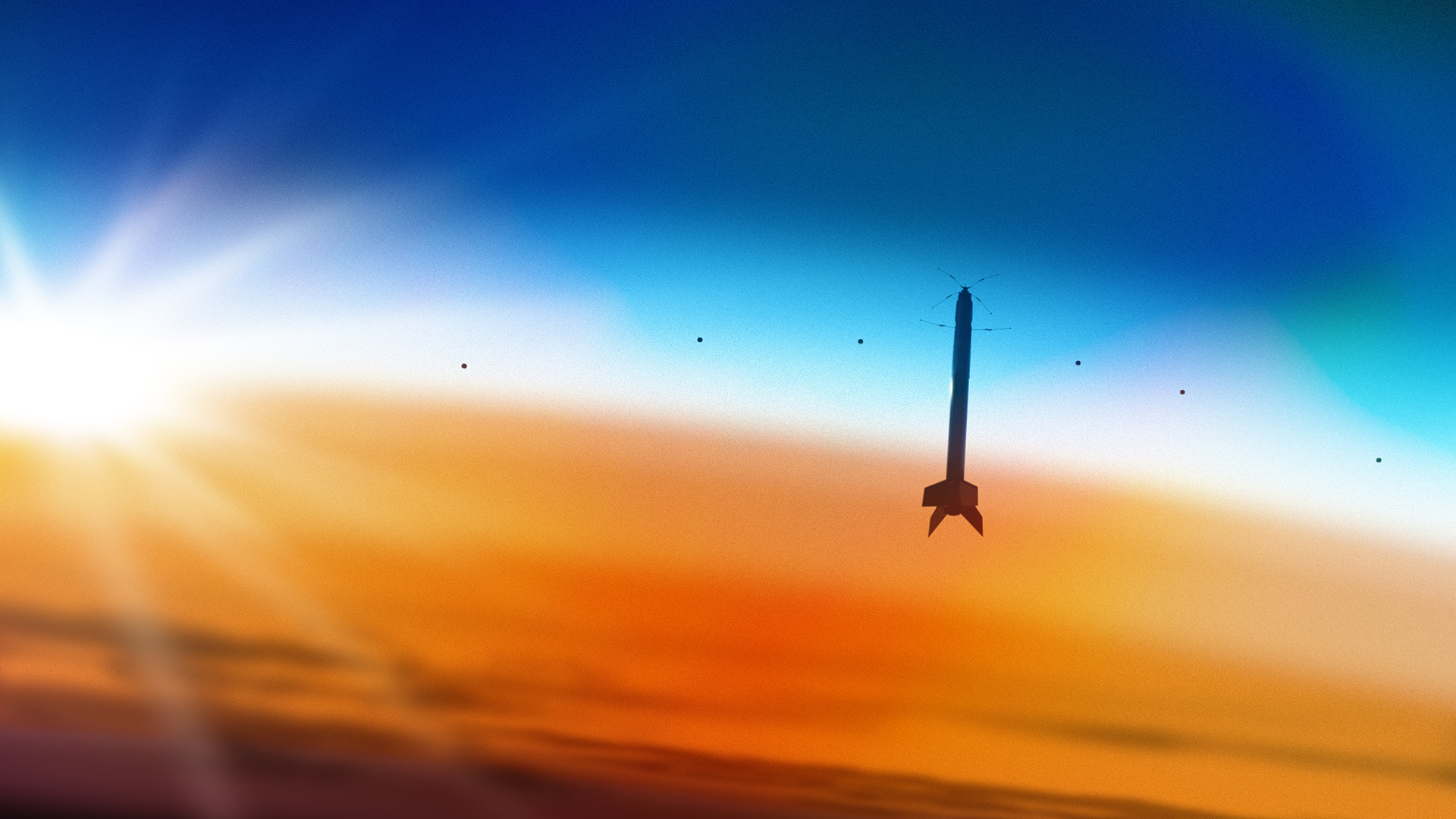Sounding rockets are used to investigate the atmosphere and the Earth’s magnetic field and have been launched from Andøya since 1962. Sounding rockets are cheap compared to satellite missions, but they still come with a price tag. So how can the amount of scientific data be increased and the yield from such missions maximized?
– The answer is to launch several sounding rockets at the same time, along with doing measurements by instruments on other platforms, from the ground, from balloons, and from satellites in orbit, says Kolbjørn Blix at Andøya Space.
This is what the Grand Challenge Initiative is doing in two projects. The Initiative is a large-scale, international collaboration targeting advancement in specific, fundamental issues in space and Earth science.
– By taking these independently initiated missions and coordinating them we saw a tremendous increase in scientific return, says Blix.
Science data from all platforms involved is shared amongst the participants, giving researchers access to a larger data set than what they otherwise would be able to obtain individually.

Project Cusp
The first project, called Project Cusp, investigates the physics of the heating and the charged particles in the cusp region of the ionosphere.
The cusp is the part of the Earth’s magnetic field that funnels down into the polar regions. The ionosphere is the upper part of the atmosphere. Here particles from the solar wind, trapped in the cusp, cause the aurora borealis.
–Project Cusp includes twelve sounding rockets from three nations; Japan, Norway, and the US, says Blix. He is one of the founders and organizers of The Grand Challenge Initiative.
The first of these sounding rockets were launched from Andøya and from Ny-Ålesund, Svalbard, on a trajectory through the Arctic cusp. At the same time ground-based instruments in Finland, Iceland and Norway observed the same region by remote sensing.
The two remaining sounding rockets in the project will be launched in the fall of 2021.

Project Mesosphere / Lower Thermosphere
The success of Project Cusp paved the way for Project Mesosphere / Lower Thermosphere, the second project of the initiative. The mesosphere and the lower thermosphere are layers of the middle atmosphere.
– Project Mesosphere / Lower Thermosphere will study this part of the atmosphere using a multitude of platforms and instruments, says Blix.
This project involves several teams of scientists and students from nine countries: Canada, Germany, Japan, Norway, Poland, Russia, Sweden, the UK, and the US.
Measurements from more parts of the world
– This project will be looking at the middle atmosphere and investigations can be done not just in the Arctic but in other parts of the world as well, by combining measurements from sounding rockets with data taken from balloon, airplane, satellite and the ground, says Blix.
All these investigations must be coordinated and grouped together so that they best complement each other and maximize the scientific return.
– This also gives us a redundancy in instrumentation, which is another advantage of doing things this way, Blix says.
As in Project Cusp, Project Mesosphere / Lower Thermosphere will have a common database for adding and sharing data as easily and as efficiently as possible.
Launches planned for 2023
Although it has been difficult for the scientists and students in the Project Mesosphere / Lower Thermosphere to meet due to corona restrictions, the project had successful preparatory workshops both in the summer of 2020 and 2021.
– These workshops were parts of the virtual scientific conferences CEDAR 2020 and 2021, and eighty researchers from our nine participating countries met on video where we had presentations and status updates about the individual projects involved, Blix says.
He hopes it will be possible for the participants to meet in person at a conference in New Orleans in December 2021.
The first sounding rockets in the Project Mesosphere / Lower Thermosphere will be launched from Andøya Space in 2023.
More to read
https://www.grandchallenge.no/
https://www.grandchallenge.no/project-cusp/
https://www.grandchallenge.no/project-mesosphere-lower-thermosphere/

